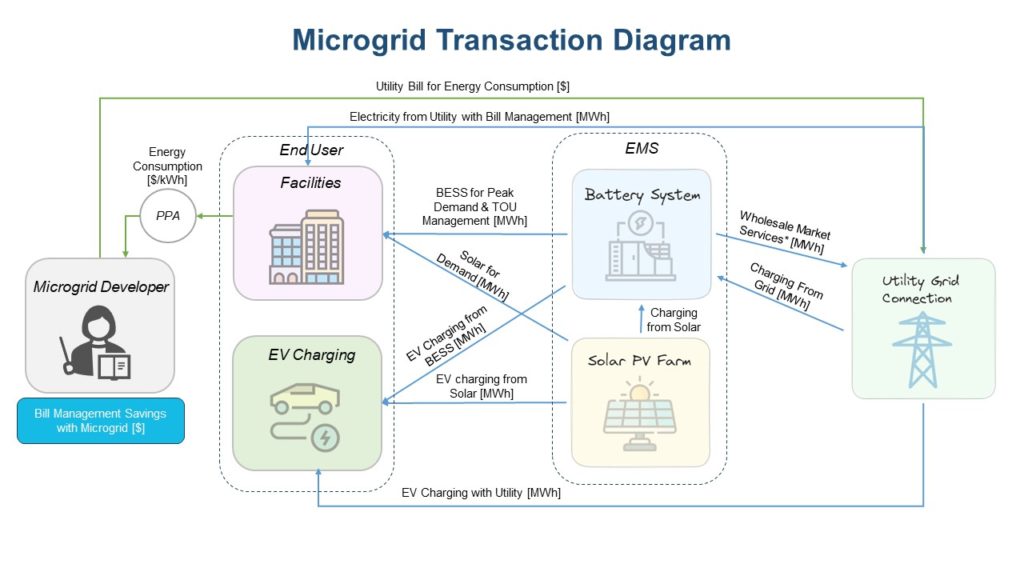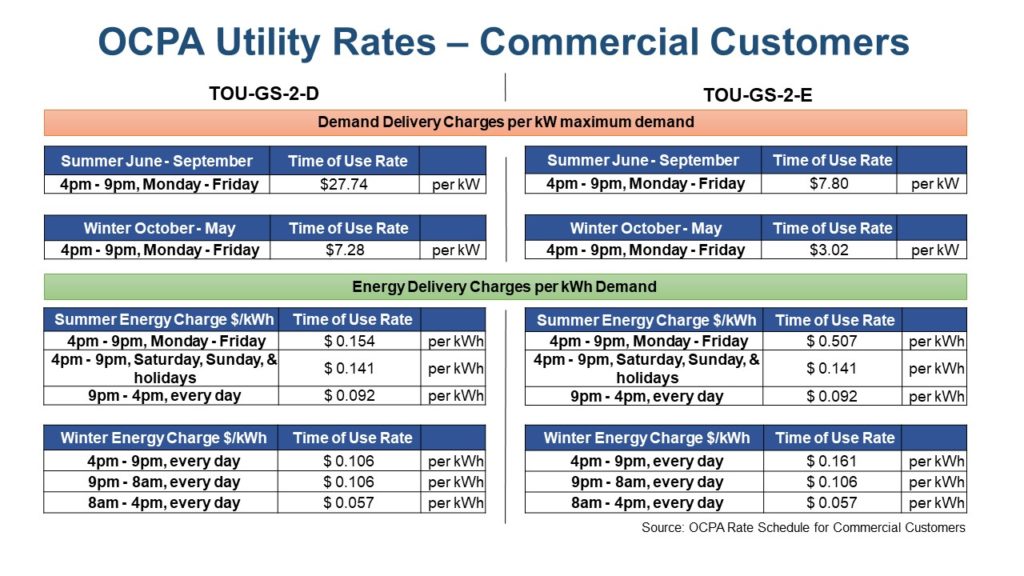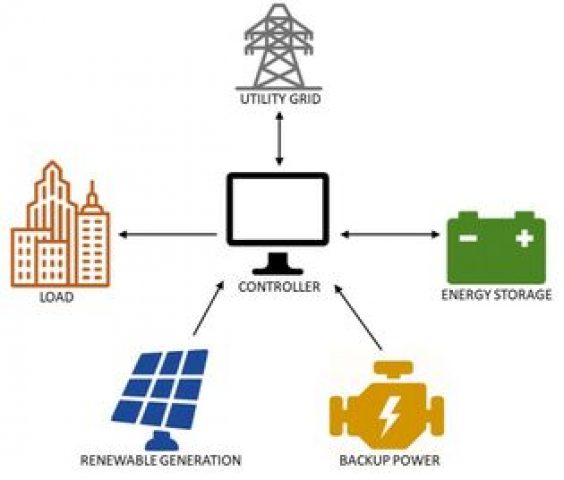Understanding the business objectives, the necessary capabilities and acumen, as well as the process and structure of developing, owning, and operating a microgrid is critical to the success of any be-the-meter (BTM), distributed energy resource development company. In most cases, the act of contracting for and deploying a microgrid for an end-user involves an Energy-as-a-Service business model. The process and structure of which involve analyzing the economic potential, proposing a microgrid solution to an end user, procuring equipment, constructing the project, and finally commercial operations.

Navigating the complex economic analysis and bill management savings calculations involves the forecasting of multiple revenue and value streams, predicting load patterns and solar generation, and modeling the dispatch and performance of a variety of on-site distributed energy resources. The optimization of revenue / value streams, technologies, and asset sizes is best conducted by a Multi-node, BTM Bill Savings Calculator with Different Combinations of Assets.

Specifically, in southern California, the dynamics of offering a C&I microgrid to an end user were significantly altered with the introduction of the Net Energy Metering (NEM) 3.0 policy. NEM 3.0 significantly lowered the rate utilities paid for exporting solar. This new dynamic moved the focus of solar-enabled microgrids from exporting excess solar to shifting solar generation to serve load during peak periods with energy storage. The transaction diagram below shows energy flow (blue) and the flow of money (green) in a microgrid with solar, storage, EV chargers, and traditional facility load:

Orange County Power Authority (OCPA) in southern California incentivizes the shifting of solar energy to serve demand through dynamic rate plans for commercial customers. Commercial customers without solar or dispatchable energy assets qualify for the TOU-GS-2-D rate plan which involves heavy demand charges for customers during peak periods (4 pm – 9 pm, Mon – Fri). OCPA customers with solar and/or dispatchable energy assets such as energy storage qualify for the TOU-GS-2-E rate plan which shifts demand charges to energy charges during peak periods. This incentivizes customers, and ultimately microgrid developers, to shift solar energy to peak periods while reducing penalties associated with quick spikes during peak periods.

Acelerex, with its proprietary REX Energy Management System and Grid Analytics Platform performed a full economic evaluation and of a solar/storage/EV charger microgrid in the OCPA territory.

